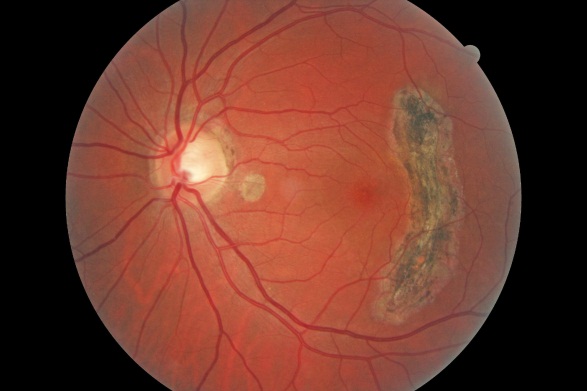A group of Singaporean scientists revealed that a bio-functional thermogel, a form of synthetic polymer, helps to minimise retinal scarring induced by botched retinal detachment repair surgery in a recent research.
Proliferative vitreoretinopathy develops when retinal scarring stops the retina from repairing and sliding back into place, according to the study. It is estimated that it accounts for more than 75% of failure retinal detachment procedures and can lead to visual loss or blindness if not addressed. The study’s findings were published in the journal Nature.
The only current therapeutic option for PVR is surgical excision of these scar membranes with minimal vision recovery.
This study demonstrates the utility of employing synthetic polymers alone to modify cellular behaviour and, for the first time, proposes a new thermogel-based treatment to avoid retinal scarring. The researchers are from A*STAR’s Institutes of Molecular and Cell Biology (IMCB) and Materials Research and Engineering (IMRE), as well as the National University of Singapore (NUS) and the Singapore Eye Research Institute (SERI).
In a pre-clinical model that resembles human illness, the researchers proved that a bio-functional thermogel alone can prevent retinal scarring. The thermogel inhibited the formation of scar membranes in retinal cells by altering cellular behaviours such as proliferation and migration.
Using genome-wide transcriptomic analysis to track cellular gene expression, scientists discovered that the thermogel activated a protein known as nuclear factor erythroid 2-related factor 2 (NRF2), triggering a cascade of chemical processes that prevented scarring.
“Our research reveals how synthetic polymers are no longer only inert drug carriers. It calls into question the widely held idea that the use of a small molecule medicine is always necessary to have a therapeutic effect. Beyond ophthalmology, the thermogel’s unique bio-functionality can be applied to other diseases such as orthopaedics, where intra-articular joint scarring can be a problem “said Dr Su Xinyi, Senior Principal Investigator and Division Director at A*STAR’s IMCB and Assistant Professor at NUS Yong Loo Lin School of Medicine.
“At IMRE, we recognised that producing this bio-functional thermogel was a huge step forward in generating next-generation biodegradable polymers. Given the material’s biocompatibility, its ability to imitate and substitute vitreous makes it beneficial for a variety of additional biomedical applications “Prof Loh Xian Jun, Executive Director of A*STAR’s IMRE, stated.
Vitreogel Innovations Inc, an A*STAR spin-off focused on developing polymer-based therapies for ophthalmic applications, is now commercialising the thermogel. Vitreogel Innovations Inc is an ISO 13485 (Medical Device Quality Systems) recognised firm developing a clinical grade polymer for first-in-man clinical studies.
Using other pre-clinical illness models, the researchers will continue to assess the safety and performance of this polymer for retinal detachment repair and PVR prevention. The team’s goal is to build the next generation of polymers with tailored chemical alterations to elicit certain cellular behaviours, as well as to explore alternate applications of the thermogel outside ophthalmology.





